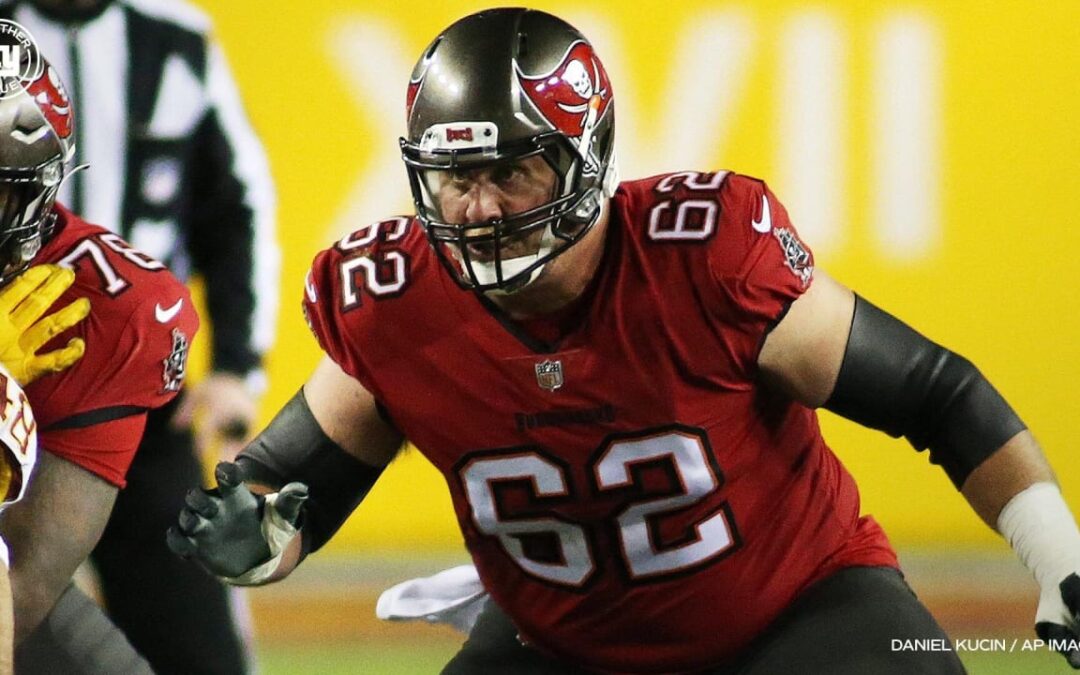Lying in a loud, clanging MRI tube, I thought, “I’m not supposed to be here, not in this MRI, and not still playing in the NFL.” The average NFL career lasts three years, and, as a late-round draft pick, I was statistically unlikely to be playing professional football in my seventh season, even less so signing the longest and most secure contract of my career. What began as another sweltering and humid South Florida summer morning was now a chilled afternoon in the team doctor’s office. The surgeon had just told me that I had ruptured my bicep tendon and would need to have it surgically reattached. I had been so excited to contribute to this team this year, but I was going on Injured Reserve. My season was over before it began. All the hard workouts I had put myself through over the past eight months were for naught.
Or was it?
One might think a player with a 12-year career in the NFL would have the best medical care and advice available. After all, healthy players are a commodity to teams, so why wouldn’t doctors provide players with the best diet and medical advice? The answer is the same for players as for the general population: providers have limited time to educate their patients.
This injury shook me to my core, and I was reminded that my dream job would not last forever. Surgery to repair the tendon was planned for the following day, and I understood the general timeline for rehab. But even before I entered the operating room, I researched and analyzed ways to train BETTER and rehab SMARTER. Based on my own research, I learned something the team of doctors failed to discuss – if I rehabbed more efficiently I could return to play halfway through the season – twice as fast as expected.
While the tendon healed, I could maintain my base cardiovascular fitness and leg strength and still lift with my “healthy” arm. In fact, this would help my body heal my injured biceps faster by stimulating growth hormones and increasing blood flow, not to mention keeping my mental health in a great place. I learned how and when to take collagen protein along with a dose of vitamin C to increase uptake and aid in tendon health and repair. I became laser-focused on recovery, ensuring I slept adequately at night, utilizing heat and cold therapies, and partaking in recovery walks in the evening with my family.
My medical staff was great from a structural standpoint. The surgeon reattached the tendon, and my training staff helped me rehab. But doctors and medical professionals are increasingly squeezed for time and burnt out – and “nice to have” things (i.e., non-billable), like patient education and engagement, can fall through the cracks – even in the NFL. I credit much of my quick recovery to the knowledge I gathered through time-consuming research. Despite the many advances in healthcare – patients are still forced to be their own advocate and search for information to supplement their doctor’s visits. Recovery and the required research were part of my job as a professional athlete, but you don’t have to spend time researching the depths of the internet to improve your health.
New software like Encap Health automatically sends actionable information to patients – so that all patients can get back on the field faster.
Here are some other things I learned for recovering from injury or surgery:
- Sleep: This is when your body heals, and powerful growth hormones are released. Whether you are recovering from a workout or an ACL reconstruction, prioritizing quality sleep should be non-negotiable. Aim for at least 8 hours in a cool, dark room.
- Nutrition: While recovering or rehabbing from an injury, you’re likely less active overall. You should focus on high-quality food and eating well to help your body heal. Eating enough high-quality protein will allow your body to recover. It should also prevent cravings while you are in a more sedentary phase while recovering.
- Supplements: Utilize collagen plus vitamin C. I mixed my collagen protein with a shot of orange juice and a vitamin C tablet pre-workout to increase uptake. Collagen supplementation has proven efficacy in multiple Orthopedic Journal of Sports Medicine studies.
- Others: I utilized recovery walks in the evening with my family. These served many purposes for me; they increased my overall blood flow, increased my overall calorie burn, exposed my eyes to circadian-important low-angle sunlight, and allowed me to spend time outdoors with my young children.
Author: Ted Larsen, Encap Health MBA Intern, September 2023
Sources:
Vermeir P, Leye MD, Grymonprez R, et al456 The impact of sleep on the recovery of sport injuriesBritish Journal of Sports Medicine 2021;55:A173-A174.
Chennaoui M, Vanneau T, Trignol A, Arnal P, Gomez-Merino D, Baudot C, Perez J, Pochettino S, Eirale C, Chalabi H. How does sleep help recovery from exercise-induced muscle injuries? J Sci Med Sport. 2021 Oct;24(10):982-987. doi: 10.1016/j.jsams.2021.05.007. Epub 2021 May 18. PMID: 34074604.
Turnagöl HH, Koşar ŞN, Güzel Y, Aktitiz S, Atakan MM. Nutritional Considerations for Injury Prevention and Recovery in Combat Sports. Nutrients. 2021 Dec 23;14(1):53. doi: 10.3390/nu14010053. PMID: 35010929; PMCID: PMC8746600.
Papadopoulou SK. Rehabilitation Nutrition for Injury Recovery of Athletes: The Role of Macronutrient Intake. Nutrients. 2020 Aug 14;12(8):2449. doi: 10.3390/nu12082449. PMID: 32824034; PMCID: PMC7468744.
DePhillipo NN, Aman ZS, Kennedy MI, Begley JP, Moatshe G, LaPrade RF. Efficacy of Vitamin C Supplementation on Collagen Synthesis and Oxidative Stress After Musculoskeletal Injuries: A Systematic Review. Orthop J Sports Med. 2018 Oct 25;6(10):2325967118804544. doi: 10.1177/2325967118804544. PMID: 30386805; PMCID: PMC6204628.

